In 2024, a key industry of Vietnam overcame many 'challenges', reaching a record export of 16.3 billion USD. This industry began to accelerate to exploit the 'gold mine' of 40 million tons.
Article 1: The spectacular breakthrough of the 'fruit king', Vietnamese fruits and vegetables quickly reached a record
Article 2: Vietnamese coffee becomes 'ATM' earning billions, most expensive in the world
Lesson 3: Quietly becoming the world's number 1 supplier, the cashew industry 'embraces' a record of 4.34 billion USD
Lesson 4: With the world's largest warehouse, Vietnam's 'black gold' is on fire, in its golden age
Lesson 5: Taking home 5.7 billion USD and the song 'Rock Grain of Rice'
Editor's note: 2024 is a 'bumper year' for Vietnam's agricultural sector. Many traditional industries have regained their position, earning record amounts of foreign currency. Farmers in many places have changed their lives thanks to this. In addition, there are new industries that also have bright prospects for acceleration.
Join VietNamNet to look back at the bright picture of Vietnam's agricultural sector last year with the belief in a breakthrough year 2025 through the series of articles 'The Road to Records of Vietnamese Agricultural Products'.
Leading agricultural exports
According to statistics, by 2024, Vietnamese wood and wood products will be present in over 160 countries and territories, of which the five major markets are the US, Japan, China, Korea and the EU, accounting for more than 90% of the industry's total export turnover.
Notably, over the past year, this strength of our country has overcome many "thorns" related to traceability, illegal timber, anti-dumping investigations or super typhoon No. 3 Yagi... earning 16.3 billion USD. Compared to 2023, export turnover increased by 20.9%, setting a historical record.
That figure also helps the wood industry maintain its number 1 position in the agricultural sector, and is also in the top 8 products with the largest export turnover in the country.
Vietnam also rose to rank 5th in the world in total wood export turnover and ranked 2nd in the world (after China) in the group of high value-added wooden products (indoor and outdoor wooden furniture).
According to the Vietnam Forestry Department (Ministry of Agriculture and Rural Development), in more than 24 years of participating in exports, this strength of Vietnam has grown continuously, continuously breaking records. Vietnam's wooden furniture export turnover from 219 million USD in 2000 to 16 billion USD in 2022.
In 2023, exports of this group of products decreased sharply to 13.5 billion USD due to the impact of the post-Covid-19 pandemic, but rebounded in 2024 and reached a historical high. This is the leading growth rate in the agricultural sector.
It is worth noting that the trade surplus of wood and wood products is skyrocketing. In 2010, the trade surplus stopped at 2.5 billion USD, but in 2015 it increased to 5 billion USD, and in 2020 it reached 10.6 billion USD. By 2024, the trade surplus will reach 13.55 billion USD, accounting for nearly 75.7% of the trade surplus of the entire agricultural sector.
Experts say that the above achievements are due to the formation of a production chain. Instead of exporting raw materials like most agricultural products, the Vietnamese wood industry has processed raw materials and then mainly exported products.
Specifically, in the structure of exported wood and wood products last year, wooden furniture accounted for 61%; wood chips 17%; wood, boards and wooden flooring 13%; wood pellets 5%, other types 4%.
Not only that, imported raw wood and domestic raw wood used for processing have reversed. Vietnamese consumer wood products are mostly made from wood from planted forests, import wood is limited, and exploitation of natural forest wood is strictly prohibited.
In recent years, raw wood imports have remained almost flat or increased insignificantly, instead Vietnam uses 75-80% of raw wood from planted forests. In particular, raw wood exploited from forests certified for sustainable forest management tends to increase, meeting the regulations of export markets, bringing the forestry industry to develop in a sustainable direction.
In addition to export achievements, by the end of 2023, forestry was also the first industry in the agricultural sector to successfully sell 10.3 million carbon credits (10.3 million tons of CO2) of forests, earning about 1,250 billion VND.
Accelerating the exploitation of the 40 million ton 'gold mine'
In the project to develop a sustainable and effective wood processing industry for the 2021-2030 period, the export value of wood and forest products in 2030 is expected to reach 25 billion USD, with the export turnover of wood and wood products alone reaching over 20.4 billion USD.
Recently, the Ministry of Agriculture and Rural Development set a target of 17.5-18 billion USD for wood and wood products exports in 2025 when the market still has a lot of room for growth, especially in key export markets with many signs of recovery.
Mr. Tran Quang Bao, Director of the Forestry Department, said that the green factor will be one of the major impacts on Vietnam's wood export trends, and will be the key to a sustainable wood export industry in the long term.
In recent years, the forestry industry has been moving towards large timber plantations, sustainably managed forests and certified forests (FSC or PEFC).
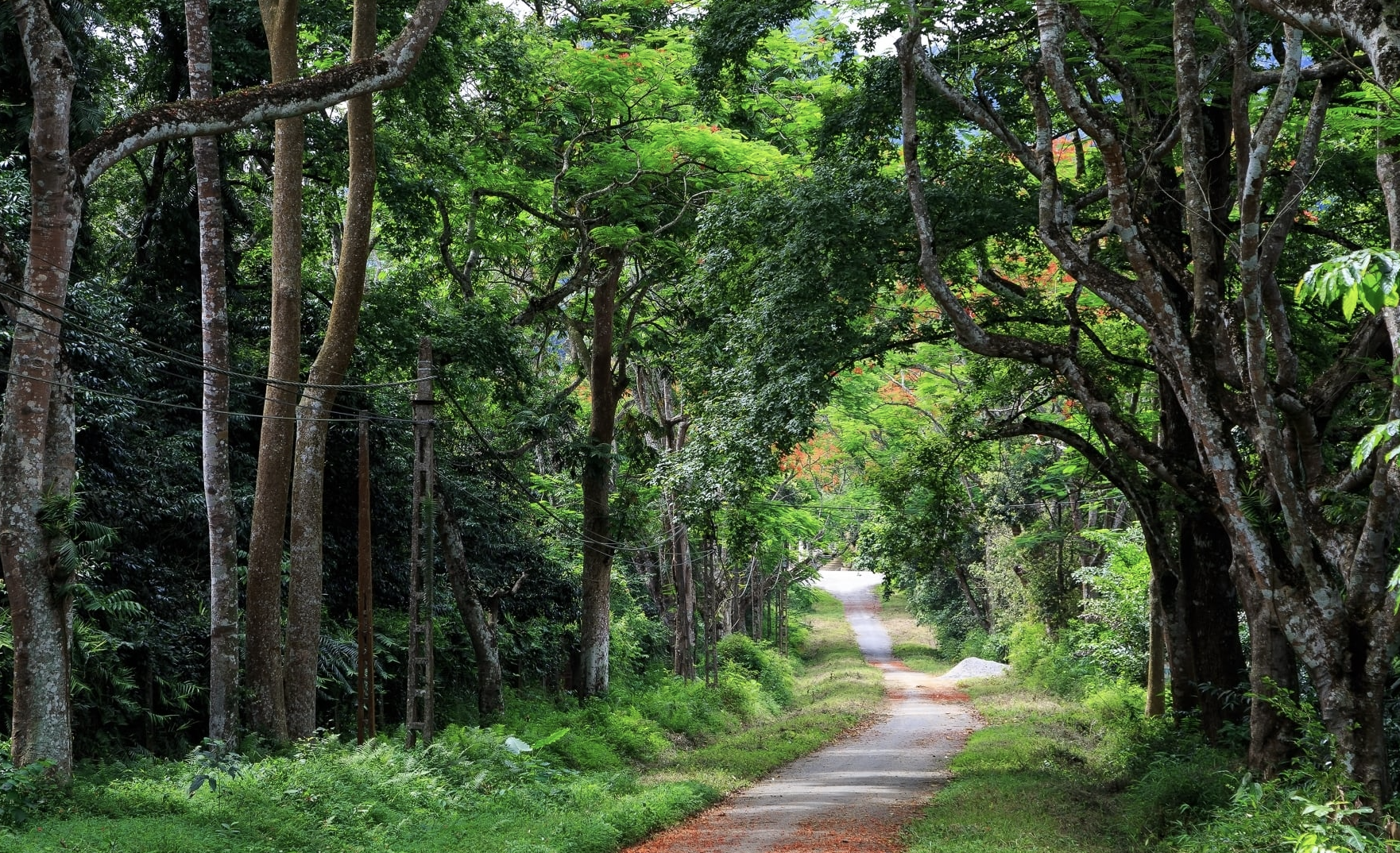
In addition, the Forestry Department has coordinated with units to pilot the issuance of forest planting area codes in some northern provinces, and will expand nationwide.
The mission of this code is to develop a legal timber supply chain, ensure timber traceability in accordance with international requirements, as well as develop a measurement, reporting and verification (MRV) method to determine the carbon sequestration and storage capacity of plantation forests.
The higher the standards of Vietnam's plantation forests, the easier it is for wood and wood products to penetrate demanding markets, Mr. Tran Quang Bao emphasized.
Minister of Agriculture and Rural Development Le Minh Hoan recently directed localities and the forestry sector to create favorable conditions for organizations and individuals to invest in planting production forests and processing forest products, developing ecotourism; processing and exporting forest products to meet international requirements and standards; at the same time, promoting the implementation of carbon absorption and storage services and developing the forest carbon credit market.
The global carbon credit market is growing strongly, becoming one of the most active trading sectors. Previously, forest carbon credits in our country were transferred to the World Bank at a price of 5 USD/credit.
According to the Forestry Department, before 2010, this sector was still emitting. Since 2010, the emission reduction has been impressive, about 40 million tons of CO2/year.
Every year, if we can increase carbon absorption from forests, we can improve the quality and productivity of depleted forests and planted forests, thereby earning 60-70 million tons of CO2 credits per year.
Accordingly, forest management, protection and development are considered an important task. Vietnam's forests are not only places to preserve and maintain biodiversity values, but also hidden deep within the leaf layers is a "gold mine" - the source of carbon absorbed by forest trees.
This is not only a sustainable source of finance for forest management, protection and development, but also contributes to the successful implementation of Vietnam's commitment to the international community, towards Net Zero by 2050.
Final article: Solving the 'ceiling problem', Vietnamese agricultural products will increase in value 10 times
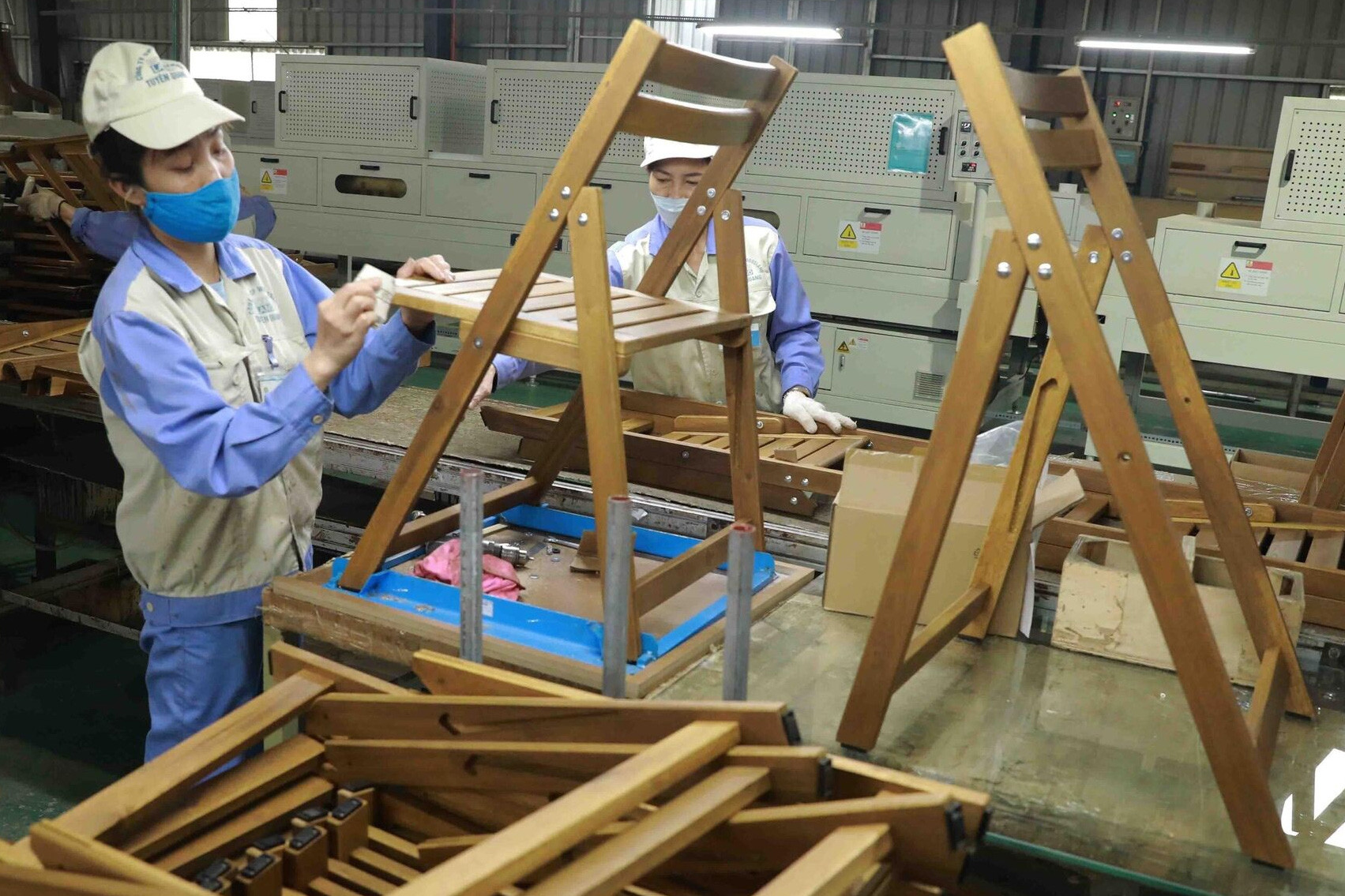
Source: https://vietnamnet.vn/nganh-go-viet-thu-16-3-ty-usd-khai-thac-kho-vang-40-trieu-tan-2365943.html


![[Photo] Prime Minister Pham Minh Chinh receives Country Director of the World Bank Regional Office for Vietnam, Laos, Cambodia](https://vphoto.vietnam.vn/thumb/1200x675/vietnam/resource/IMAGE/2025/5/15/2c7898852fa74a67a7d39e601e287d48)

![[Photo] National Assembly Chairman Tran Thanh Man meets with Thai Prime Minister Paetongtarn Shinawatra](https://vphoto.vietnam.vn/thumb/1200x675/vietnam/resource/IMAGE/2025/5/15/e71160b1572a457395f2816d84a18b45)












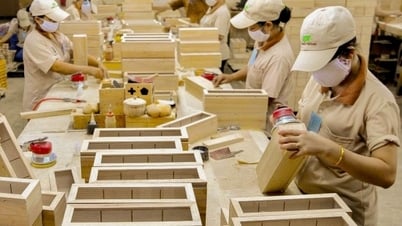




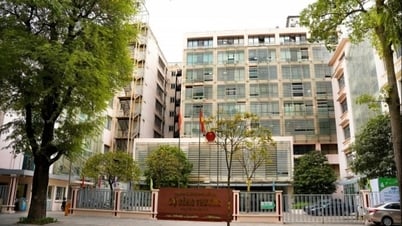
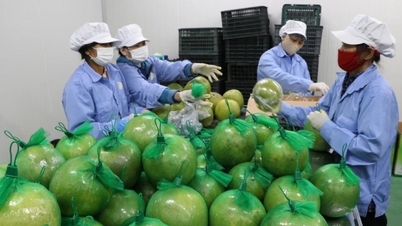































































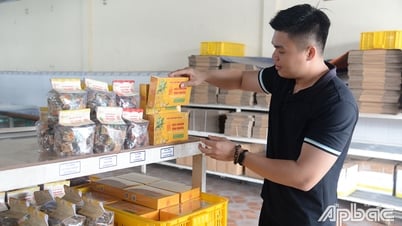


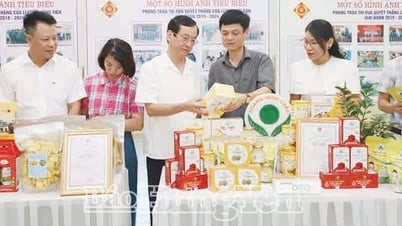

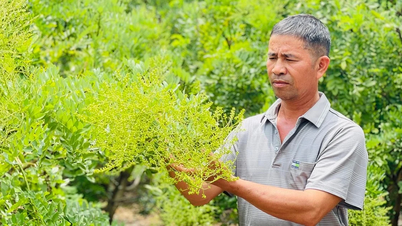
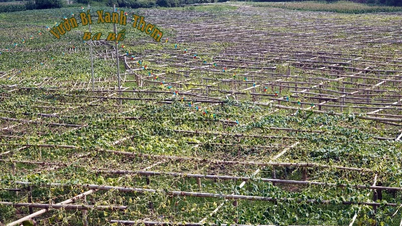

Comment (0)